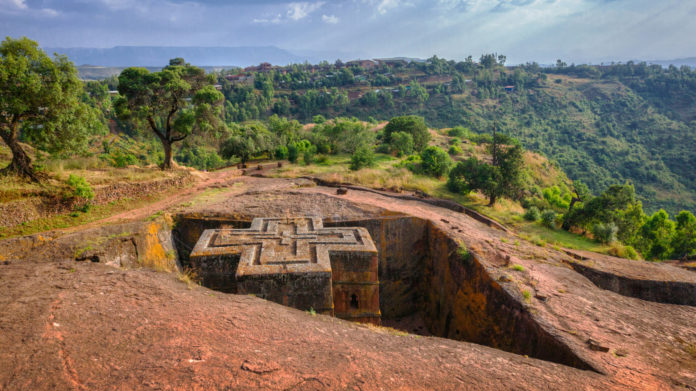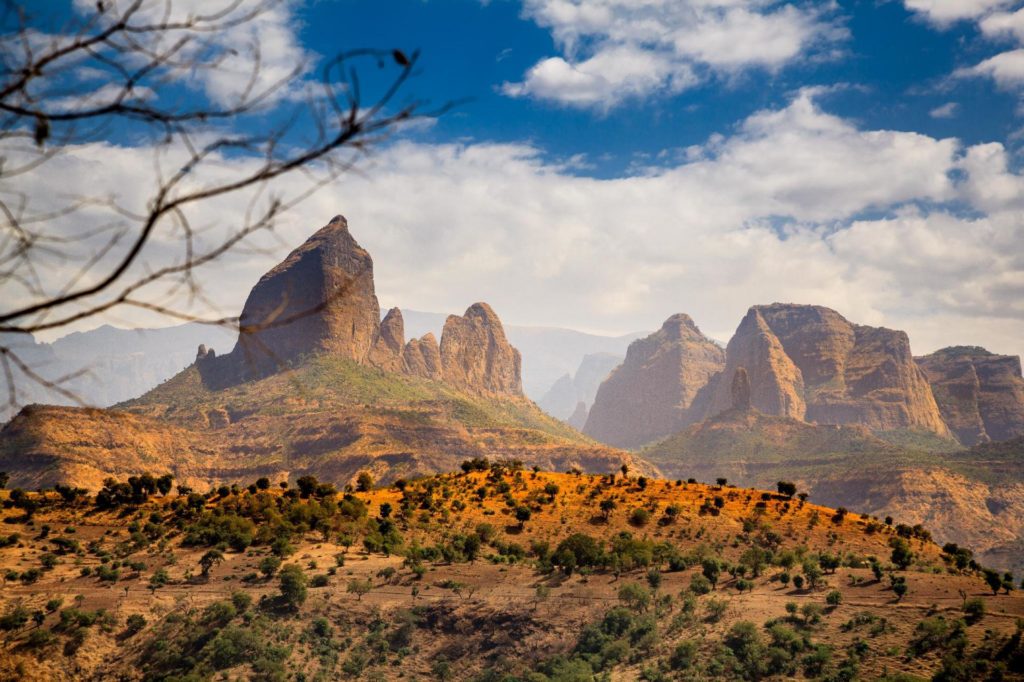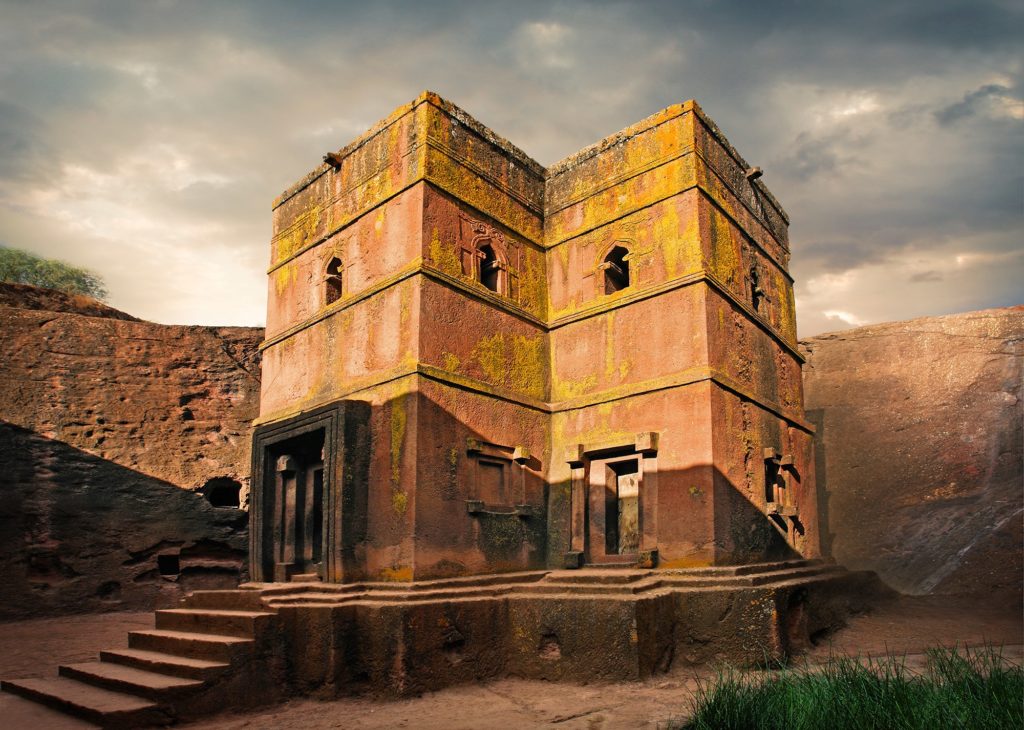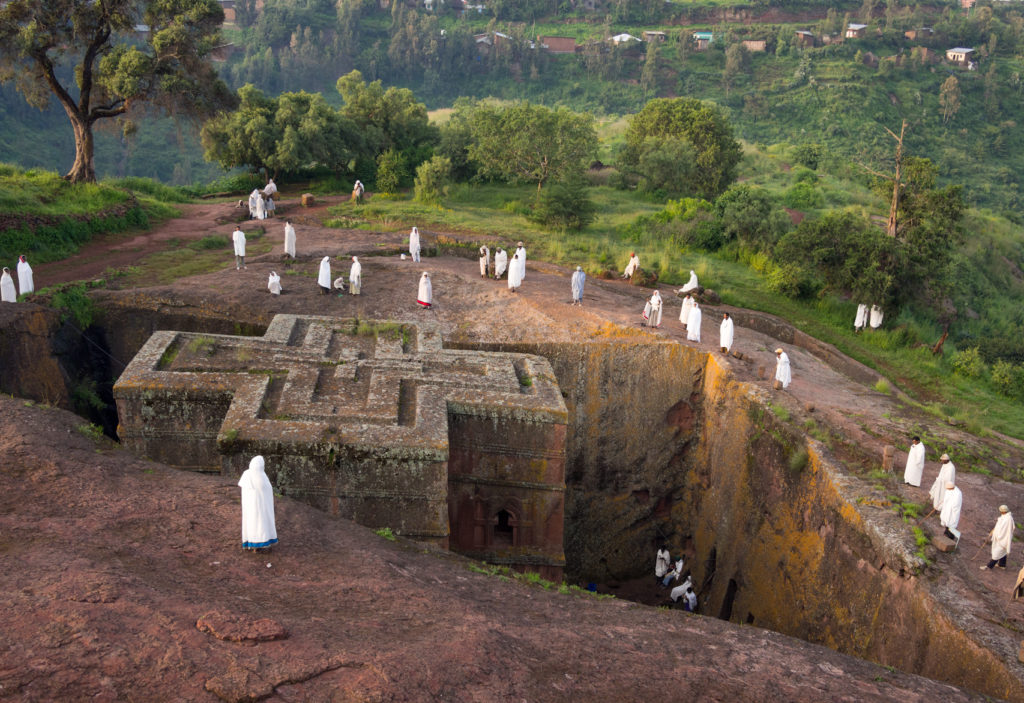
Ethiopia is one of the most stunning countries in Africa. Located near the Horn of Africa, a peninsula sticking out in the Indian Ocean, Ethiopia is a massive country, covering 1,104,300 km2 (426,400 sq mi), making it the 28th largest country on the planet. It is also fairly populous, with more than 105 million people living there. It is the second-most populous country on the continent. It became a landlocked country after the 1991 civil war, when Eritrea, a coastal province on the coast of Red Sea, seceded from Addis Ababa.
What You Need to Know About Ethiopia

The history of Ethiopia is a fascinating one. It was the only country in Africa, alongside much-smaller Liberia that was never a colony, at least until a short-lived Italian occupation in 1936. This has allowed it to develop its own distinctive culture, while surrounding nations, just like the rest of the continent, suffered colonial rule. The official language is called Amharic. It belongs to the family of Semitic languages and its close relatives are Hebrew and Arabian.
Calendar and time

Perhaps it was due to their independence, or some other reasons, but Ethiopia has developed several peculiar customs over time. First of all, they have several calendars in use. The best-known is the Ethiopian calendar, also known as the Ge’ez calendar. It is based on the old Coptic calendar. Also in use is the Julian calendar, so don’t be surprised if you embark on a plane and land in Ethiopia two weeks later, since that is the difference between the Western and Julian calendar.
The other confusing thing about Ethiopia is that they keep their own time. The day doesn’t start at midnight, but rather at 6 AM (06:00). That is the sunrise throughout most of the year and the Ethiopians feel that is the natural beginning of the day. Keeping track of time while in Ethiopia can be very confusing, so don’t be afraid to ask locals about the time of the day and the date. They are used to foreigners unable to tell the time and will gladly help.
Between noon and two o’clock, everything closes for lunch. So, if you have any plans that involve visiting anything during that time, change them and just do as locals do, go out for lunch.
Many people ask if Ethiopia is safe for travelers and foreign visitors. The simple answer is yes. It is as safe as any other Western country, even for a woman traveling alone. Since the majority of the population is Christian, they don’t hold the same prejudice against women as some of their Islamic neighbors. That being said, Ethiopia is not a Western country and a certain level of disorganization and even mild chaos is to be expected. If you try to fight it, you will only get annoyed and ruin your vacation. Just relax, go with the flow, and keep your plans fluid.
For a truly unique experience, always use the local guides. They are incredibly helpful and will be essential in helping you understand the country and the people. Trying to untangle centuries of historic relationship and keep track of all the local sites will be much harder, if not downright impossible task without a guide. In many other countries, local guides can’t wait to get a chance and rip off or outright scam tourists. Guides in Ethiopia are nothing like that and they take great pride in their work. You can learn more about Ethiopia by visiting AbsoluteEthiopia.
Visiting Lalibela

Going to Ethiopia and not seeing Lalibela is simply unthinkable. Even if you aren’t religious or don’t really care about history, seeing it will take your breath away. This spectacular town in Lasta Amhara Region holds many excellent examples of rock-cut monolithic churches. It is one of the holiest sites in Ethiopia and a place of pilgrimage. Ethiopia is one of the earliest countries to adopt Christianity in the time of apostles. The churches in Lalibela date back to the 7th century, although many were built later. According to some historians, the development of Lalibela started in earnest in 1187, under the rule of King Gebre Mesqel Lalibela. That is the year Saladin captured Jerusalem and they claim that Lalibela was intended by king Gebre to replace it as Christianity’s holiest site.
According to Unesco, who placed Lalibela on the World Heritage Sites list in 1978, there are 11 Rock-Hewn Churches in and near Lalibela. They are all built on the same principle. A living rock has been carved and shaped in order to create a church. While this isn’t unique to Lalibela (Petra comes to mind), nowhere in the world has been this done on such scale.
The most famous example is the Church of Saint George. Commissioned by King Gebre Mesqel himself, after he had a vision where Saint George himself ordered him to build him a church. In his effort to recreate Jerusalem, the King spared no expense in building the church. It is the last rock-hewn church built in the region and the most impressive one. Carved from volcanic rock, it is shaped in the form of a cross. At first glance, the church is completely inaccessible, since it appears surrounded by a deep trench. A massive hole in the rock was created, measuring 25 meters by 25 meters by 30 meters, with the church in the middle of it, accessible only by a narrow passage.
Other churches in the area are divided into two groups, Northern and Eastern. Church of Saint George is the only church in the Western Group. The other ten churches are also worth visiting, but some stand above the others. Biete Amanuel is an underground royal chamber, built by the kings of Axum. Biete Maryam, or the House of Mary, is probably the oldest church of the eleven.
The churches aren’t the only attractions in Lalibela. There are some excellent examples of vernacular architecture that are quite attractive and unique and if you are in the area, you should visit them as well.











